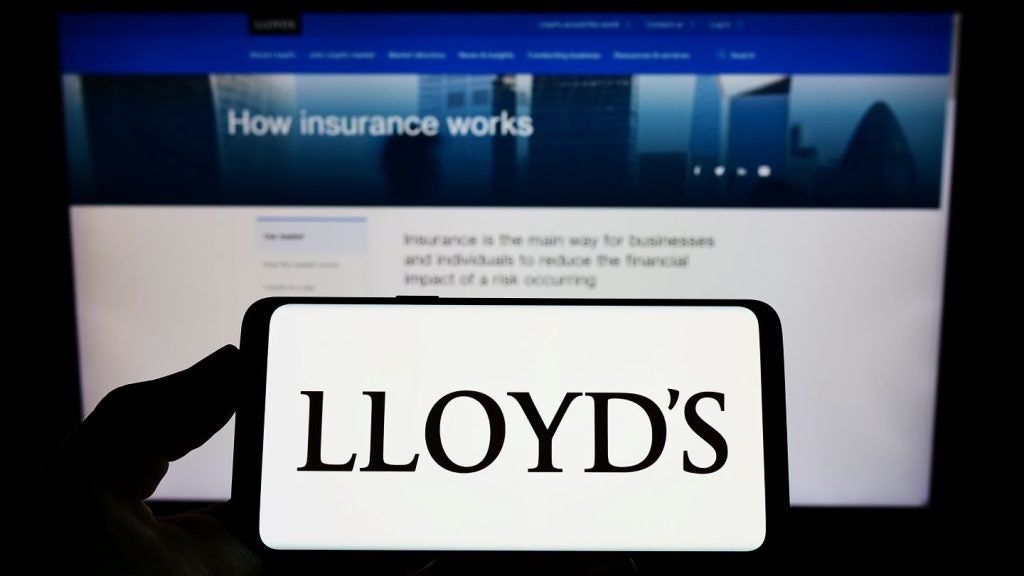
Despite falling interest rates, S&P Global Ratings has not seen significant shifts in insurers' investment mixes. Instead, the ratings agency said insurers are modifying their product structures to take account of lower rate expectations.
S&P Global Ratings considers low interest rates to be the main risk facing Europe's insurance companies.
It explained that the region's rated insurers have responded to the issue by exploring making changes to their investment mixes, but that said, on average, strategic asset allocations have remained very stable over the past five years.
In a report S&P Global Ratings said: “The decline in average bond ratings has increased credit risk over the past few years. Nevertheless, we expect the insurers we rate to maintain strong credit quality in their bond portfolios on average over the next three years and that insurers are more likely to favour capital-light product strategies than to take on excessive asset risk.”
Movement between investment types
Although movement between investment types has been minimal during 2010-2015, S&P said it has seen movement within classes–from sovereign bonds to corporates and, within corporates, from financial sector bonds to other corporate sectors and asset- and mortgage-backed securities.
The ratings agency said the average rating on bond investments has fallen from low in the 'AA' range to high in the 'A' range over this period, although exposure to speculative-grade and unrated issuers remains limited.
Its report said: “We expect that European insurers will continue to adjust product structures, for example, altering the duration of liabilities and guarantees, and take management actions on in-force liabilities, such as closing books of business or externalizing more risk to enhance balance-sheet resilience.
“Providers of savings and annuity products are likely to increasingly favour loss-sharing mechanisms with policyholders, and more-flexible pricing for longevity, mortality, and long-term care covers. Fee-based and unit-linked lines will also continue to gain importance in insurers' offers.”
Overall, S&P said economic obstacles are likely to curb significant premium growth at European insurers in 2016-2017, although diversification will help the largest global providers fare better than their smaller rivals.
It said reinsurers, in particular, will find it difficult to sustain current levels of profitability, but S&P expects cheap and ample capital to support their ratings.
Given these conditions, S&P expects some further mergers and acquisitions (M&A) in the insurance space and for more European insurers to explore new options, such as Restricted Tier 1 issues.
“Although Europe's insurers will have to adjust to whatever form Brexit takes, we do not expect to see ratings being affected,” said S&P Global Ratings.







